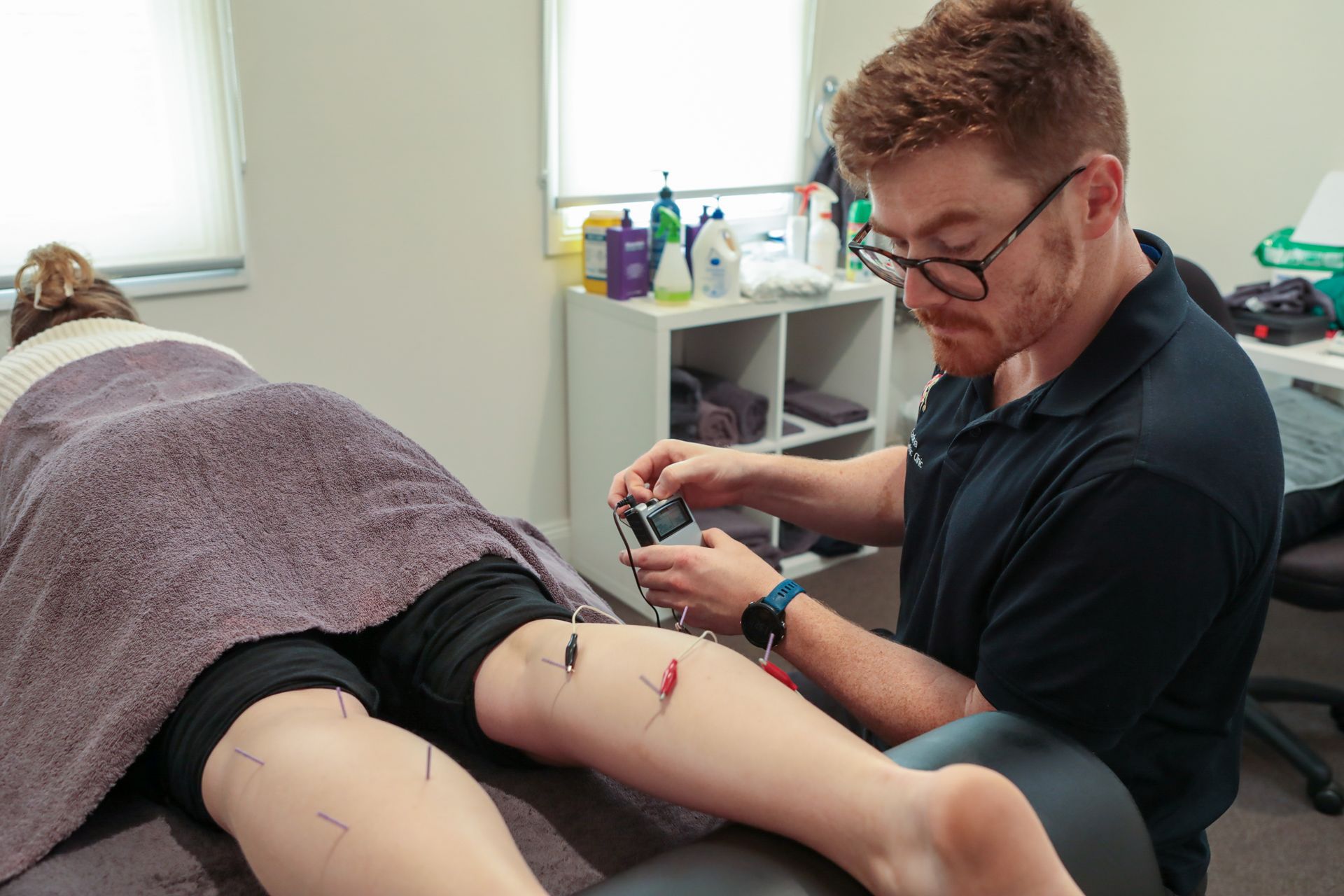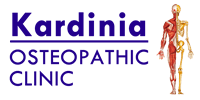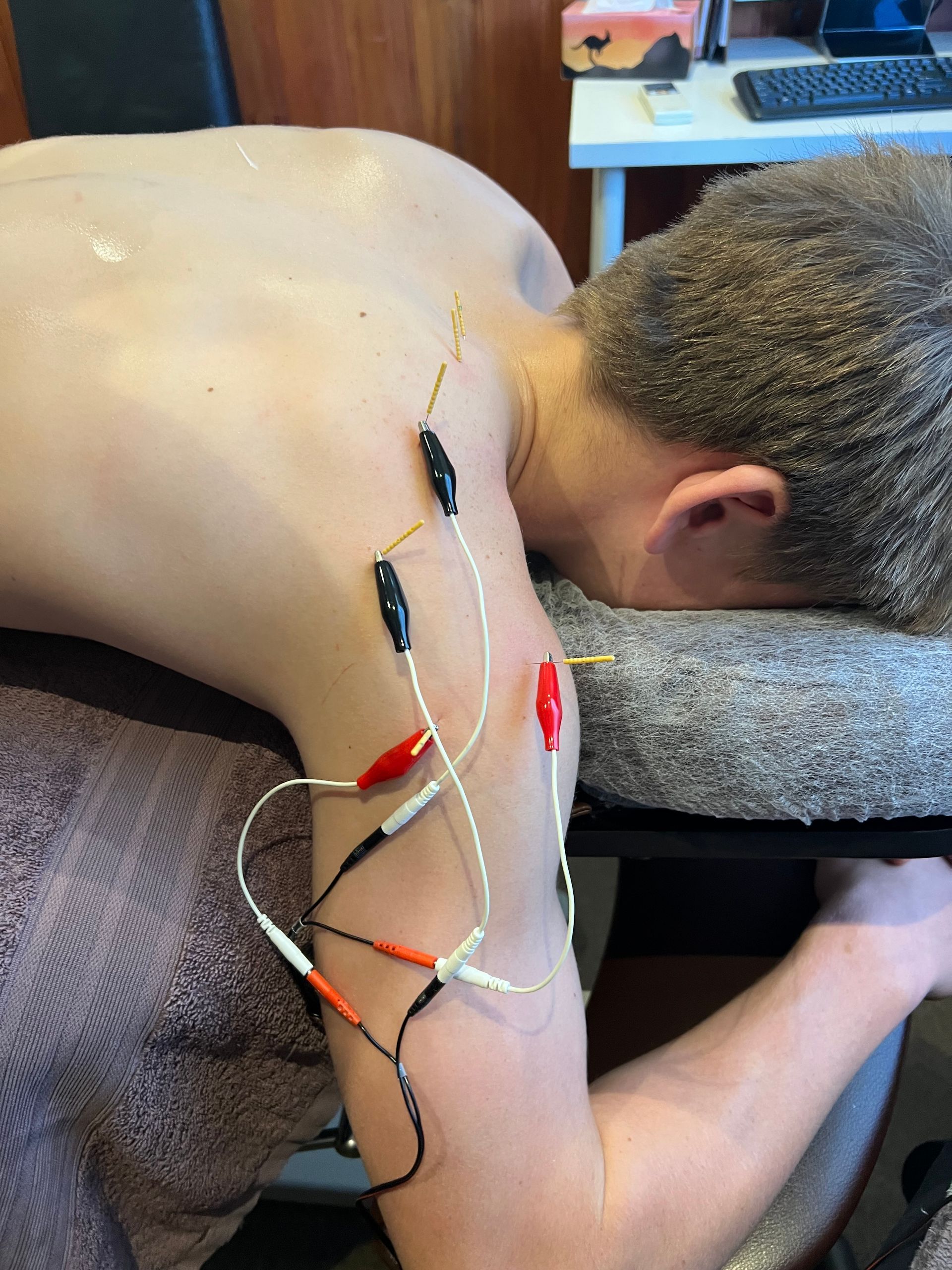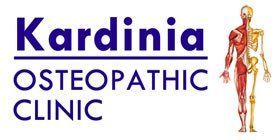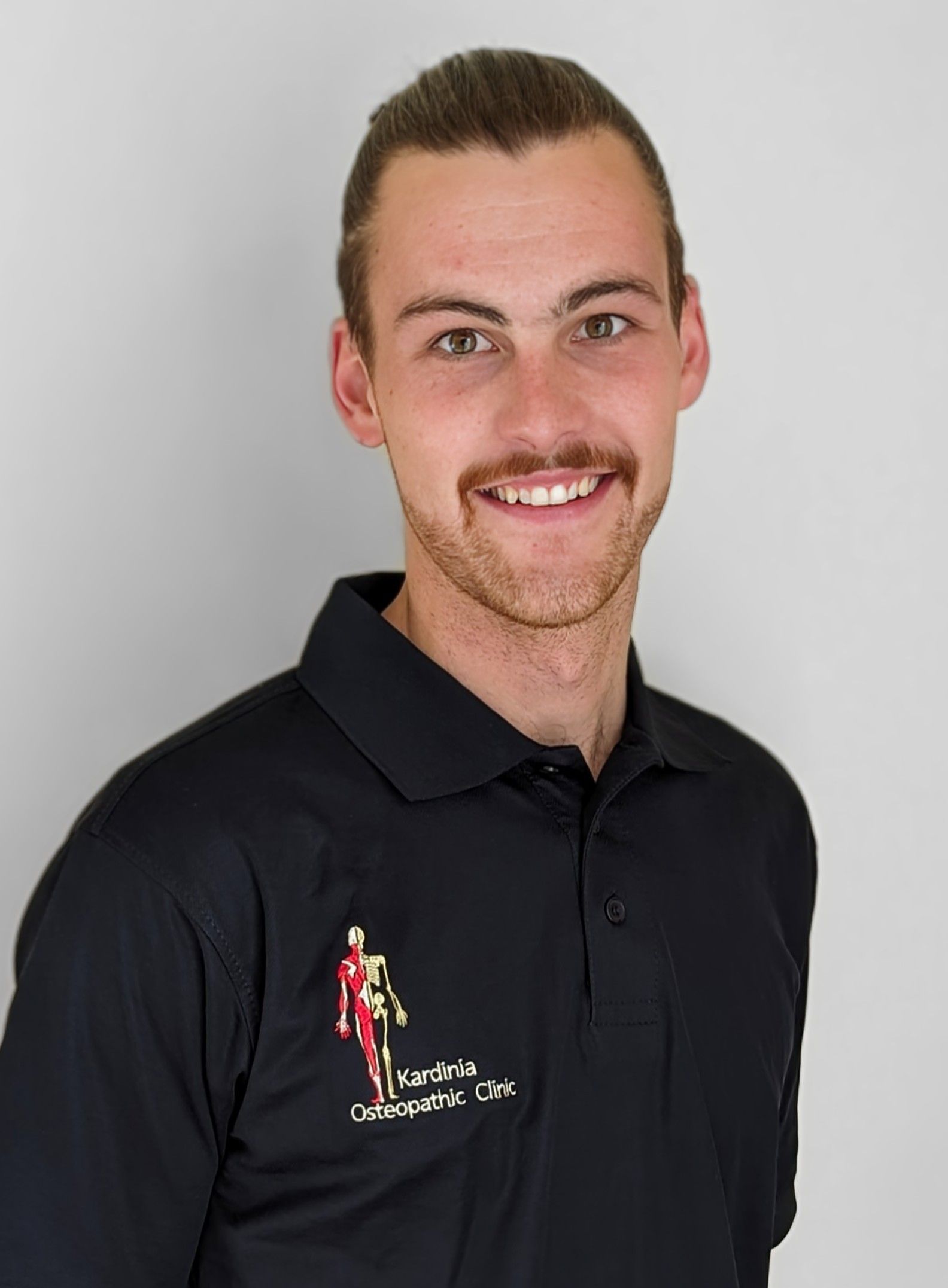Many patients respond positively to dry needling almost at once, finding that the problem muscles are less taut and contracted, and most importantly less painful. Generally speaking this is regarded as the best treatment technique to reduce muscular pain.
Dry needling was developed by orthopaedic surgeons Travell and Simons, who discovered muscles could refer pain and in very predictable patterns. They initially were treating these muscle pains with analgesic injections and later found that simply using a needle was just as effective and without the adverse side effects that sometimes occurred with these injections.
This is different from acupuncture which which is based on the alternative and traditional Chinese Medicine principles of channeling energy or "chi" through the body.
Dry needling can relieve a wide range of musculoskeletal problems, through the insertion of needles into taut and contracted muscles with the aim of restoring their proper functions. It is a relaxing and therapeutic procedure and is suitable for conditions such as, back and neck pain, sporting injuries, and discomfort caused by poor posture.
Inserting a needle into the trigger point leads to a decrease in tension, enabling the muscle’s normal functions to be resume. In some cases, a needle being inserted into the muscle can create a slight ache, but there is no sharp or excessive pain and many patients do not feel the needles being inserted at all.
If you have had ongoing muscular pain which is not being resolve by manual therapy alone, why not give it a try? You may find you have better, longer lasting results from your treatment.
What is it? And What is it used for
Electrotherapy involves running a mild, controlled electrical current through a muscle or nerve. This is usually done via pads attached to the skin (TENs) or via Dry needles directly into the muscles. When a muscle is overstretched, over contracted, over exercised or injured, blood flow to and from the muscle is impacted which can cause the muscle to tighten and enter a cycle of continuing tightness. This can result in compression of blood vessels, Nerves, increased pain and increased joint stiffness.
What to Expect from a Session of Electrotherapy and How can it help?
If deemed appropriate the Practitioner will use dry needles to create a circuit across a muscle tissue or nerve pathway. The Electrotherapy unit will then be attached and a current will be slowly introduced to a level that is tolerable. This current will run for several minutes. Patients can expect to feel some aching pain sensations in addition to muscle contractions. Electrotherapy works by stimulating muscle groups which aids in reducing levels of pain in a tissue, decrease tension/tone in the affected muscle and can also aid in repairing scar tissue around nerves and muscle groups.
